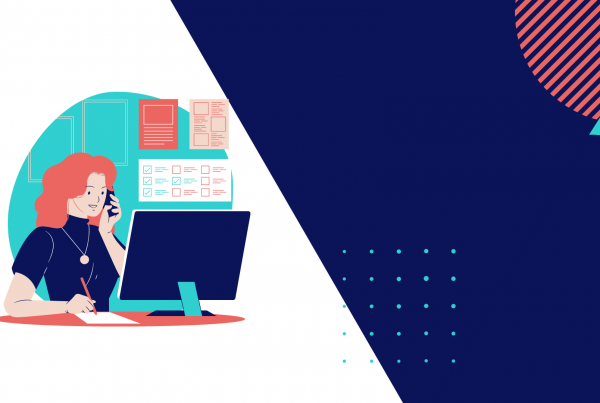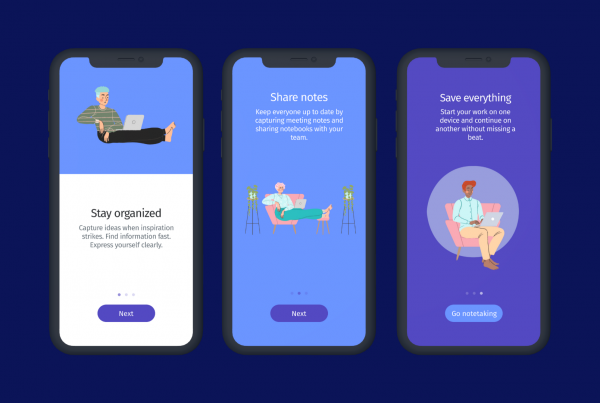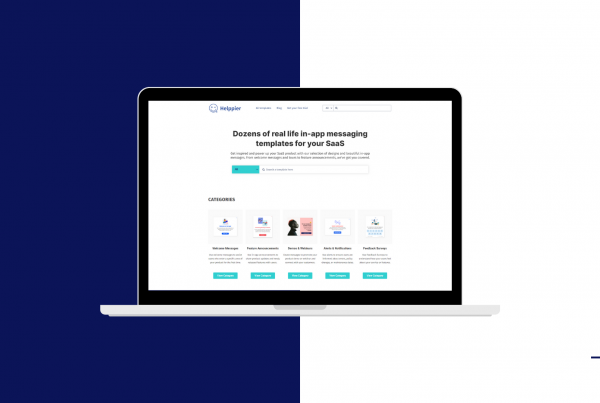Mariana Gomes, Designer at Significa shares her view on product tours and some useful UX design tips
Today we’re happy to have Mariana Gomes on our blog to chat a little bit about UX design and User Onboarding. 🎉💃
With 6 years of experience in the field, Mariana has worked on numerous design projects: managing, researching, and designing interfaces for Web, iOS & Android applications.
Mariana started her career at Mezzolab, a consulting company that develops Animation resources such as Videos and Illustrations for brands. She is currently a Designer at Significa, a well-established creative digital agency from Porto specialized in UX/UI design and development.
Mariana was kind enough to provide us some UX Design tips and share a little bit of her experience in the field, as well as her point of view on the use of product tours.
If you’re curious, check out the full interview below. 😄
Tell us a little bit about yourself and your experience in the UX/UI design field.
Hello, my name is Mariana and I’m a communication designer from Porto, Portugal. I studied Communication Design at the Faculty of Fine Arts in Porto, so the first years of study were more related to Graphic and Editorial Design. I just started to work on digital products in the last year of the course and the interest in creating user-centered experiences started gradually growing.
I’m part of Significa since 2016, a digital design-led agency mainly focused on Product Development. With all the team and projects that we were developing, I had the opportunity to learn more about UX/UI design and that the user should be always the center of every product. Recently, I’ve been developing an increased interest in design processes and project management.
According to your experience at Significa, what are some of the main challenges you face in UX design?
In my opinion, one of the biggest challenges and, at the same time, the core of the UX design, is to understand the product by talking with the clients to comprehend their vision and their goals. And, as a consequence, we need to learn about the users and their expectations.
Another recurring challenge is to have the time to perform good user research, which includes, for instance, collecting testimonials or interviewing the users. Unfortunately, in many projects, we don’t have the time for this first stage and we need to condense this step in a very short time. Sometimes it’s difficult to make the client understand that the research is crucial to validate our direction and to make sure that the team is solving the real user problem.
You’ve designed Akasha, a software that connects individuals to Blockchain through collective intelligence systems. Can you share a few practices that you apply to improve the experience for first-time users?
In AKASHA’s project, and since it’s a decentralized application, meaning that it runs on a distributed computing system, sometimes the process or the actions can take a few time.
With that being said, it was our concern to keep the user always informed on the ongoing actions, with constant feedback and always visible. For instance, on the first screen of the desktop app, while the dapp is downloading, we had a group of tips for the users to see some of the app’s features. We also worked on an onboarding modal explaining the main sections of the app for first-time users to feel more contextualized.
When you think about helping the user, which tools/practices do you find most effective (FAQs, videos, product tours, ticket systems)? Why?
I usually prefer product tours to help users learn how they can use the product more efficiently. We can break the tours into different groups that pop up as the user operates the product, so the learning process is continuous. I believe knowledge is more easily acquired in stages since it’s more natural for the users to learn while they are using the platform.
Do you ever consider using product tours or tooltips when designing a UX flow?
Yes, we have a few products developed at Significa that have product tours or tooltips to help the users understand the software that they are using and to make the learning curve smoother and as easier as possible.
A good example is the Snipsl’ s Authoring App, a platform for authors to write their stories directly into the Snipsl App and to be in constant interaction with their readers. We added a first users’ tour to help them make the most of the platform, as the authors are using the app, more tips will appear to allow the learning process to flow naturally. For instance, when they open the platform for the first time a short welcome tour shows up, highlighting the main sections, and when the authors complete their first chapter, a new tooltip appears indicating more tips and encouraging them to move forward on to the next steps.
How do you know a specific flow/process needs improvements? Do you track engagement on the application or collect feedback from users?
Preferably, we collect feedback from users. At Significa we think it’s the most effective way to test an interface’s viability and usability. It’s a huge help to have the user’s input so we can build a product that is centered on them.
If it’s a new product, another very useful approach is interviewing some users from the target group to try to understand their expectations and their needs, aiming to build a product that is completely oriented towards them.
Hope you enjoyed this article! When Mariana is not designing, her hobbies include practicing yoga and nurturing her plants. 🧘🌿
If you like reading about User Experience and Onboarding make sure to follow Helppier on Facebook & Twitter to get updated on our latest news. 📢 📄
In case you’re looking for a tool to create onboarding tours on your application go ahead and check our website. 😉




